Beadboard: Its History & How I Love to Use It
Beadboard is one of my favorite materials to use in a historic house, especially when it’s the old stuff. It adds both a timeless and classic look to any house, new or old, and I find myself constantly looking for ways to incorporate it into the historic homes I renovate.
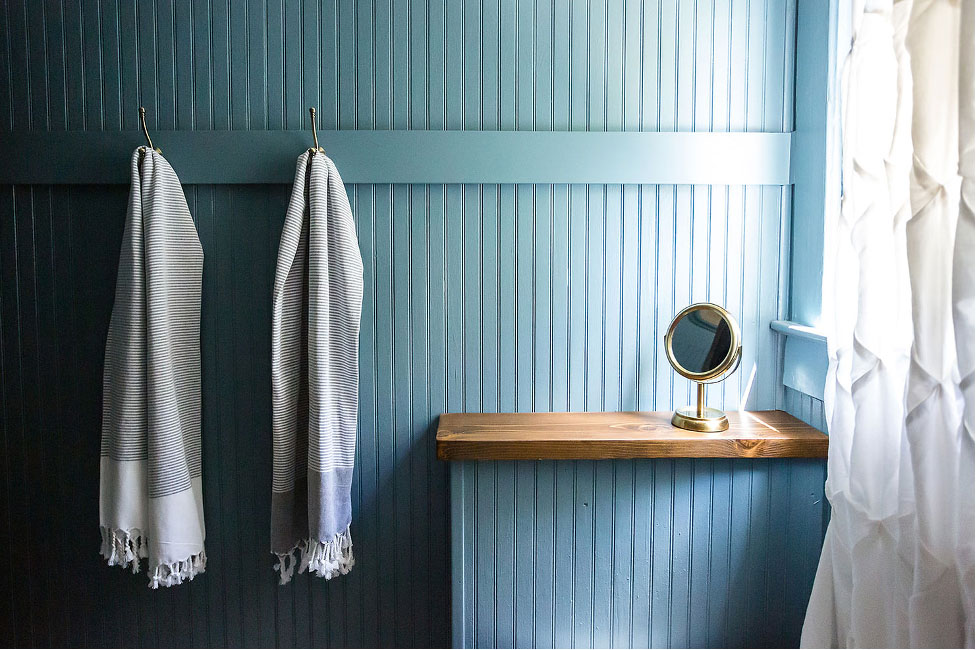
History
This versatile material dates back to the late 1800’s having originated from the Victorian era. The name comes from the half-rounded ‘bead’ milled into the boards and much like hardwood flooring, these individual boards come with one tongue and one groove side so that the pieces interlock, hiding the nails in the tongue when installed. It comes in a variety of widths and thicknesses, most often was ran vertically, and over time some styles began deviating from the bead to more of a ‘V” groove in Craftsman style homes.
We have found three primary areas of original use in the historic homes we’ve worked on – partial wall coverings in kitchens, porch ceilings, and soffits. My general rule is that if the function and layout of the room is not changing and the original beadboard can remain intact, then it stays. If not, or if there’s significant damage, we carefully remove it. We then store it, and try to reincorporate in a different way in that specific house. Typically I store whatever is left, and use for other projects.
How I Love to Use It
PORCH CEILINGS
I love original beadboard and in most scenarios, have been able to keep the original intact for porch ceilings, only having to make small repairs. When the exterior paint color scheme allows, I love to paint porch ceilings a haint blue and SW Watery is my favorite.
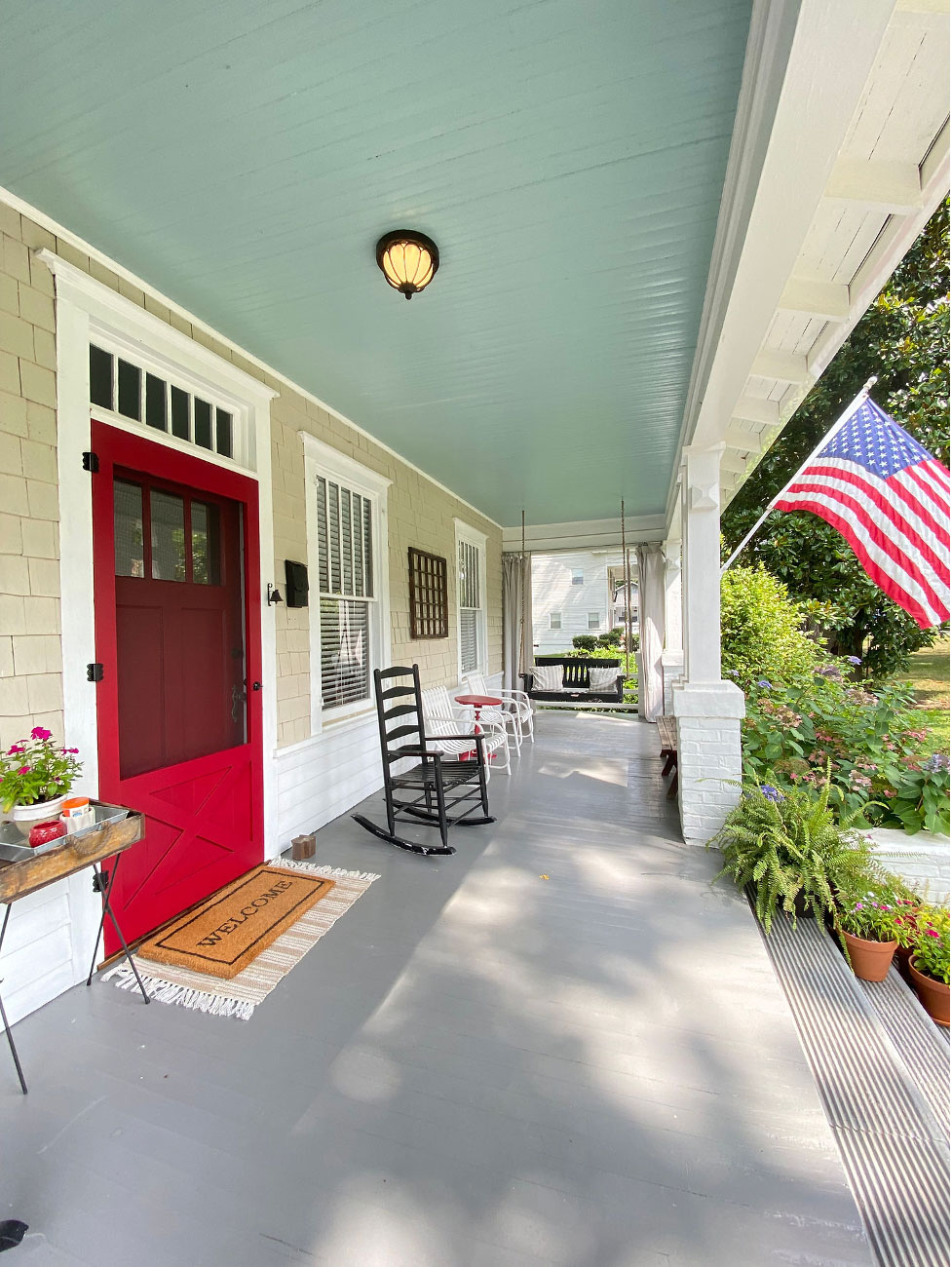
When original beadboard is not an option, we still try to make the porch ceilings look as authentic as possible. A similar material, the “V” notched tongue and groove boards, can be found at most lumber yards and work well.
For example, the porch ceiling at the Queen Anne had already been removed due to extensive water damage. When we purchased the house and although several pieces had been saved (and we held onto for other projects), there wasn’t enough for the entire porch. In this scenario, we chose to purchase all new material but once painted it still has the classic look similar to what was there originally.

This new screened porch addition at my house also has new material and yet blends well.
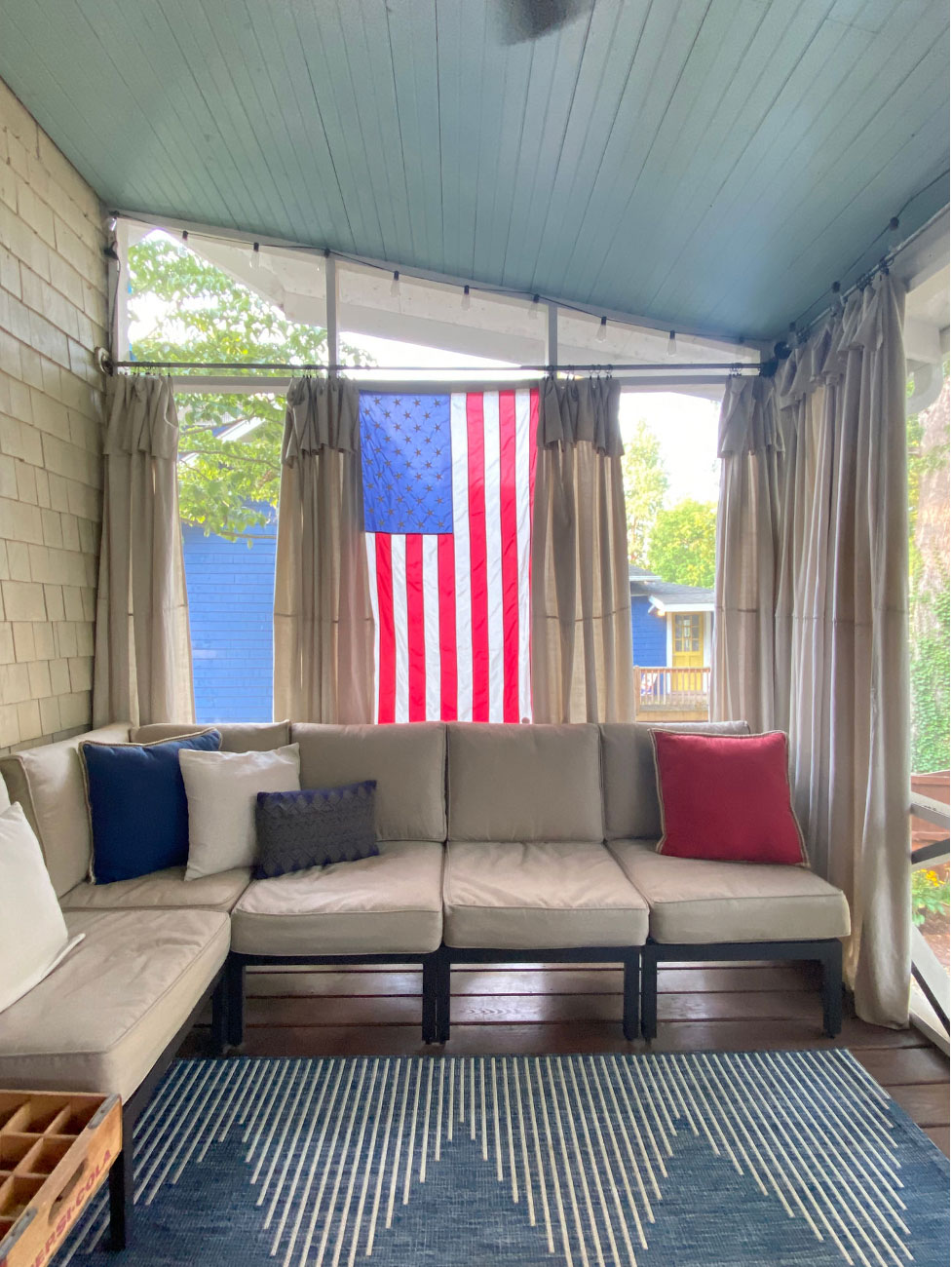
This was an old porch that had been converted to living space with the beadboard ceiling showing through the exposed rafters. It was painted blue for a fun touch.
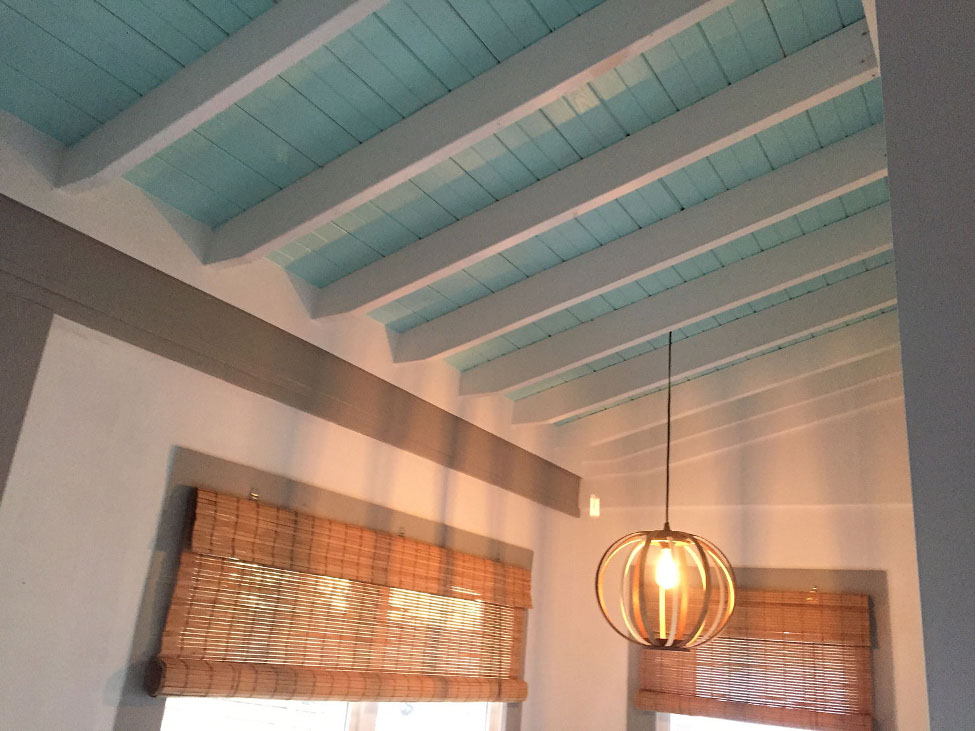
THE WEST END
The bathroom at the West End already had old beadboard on the walls. While I don’t think it was original to the house, it was still gave a classic look to this bathroom. Although we reworked the layout of the bathroom, we were able to save the beadboard and carefully reinstall it. This particular material was actually in larger sheets approximately 2′ wide rather than small individual boards. Once trimmed out and painted you can’t tell how we moved the beadboard around.
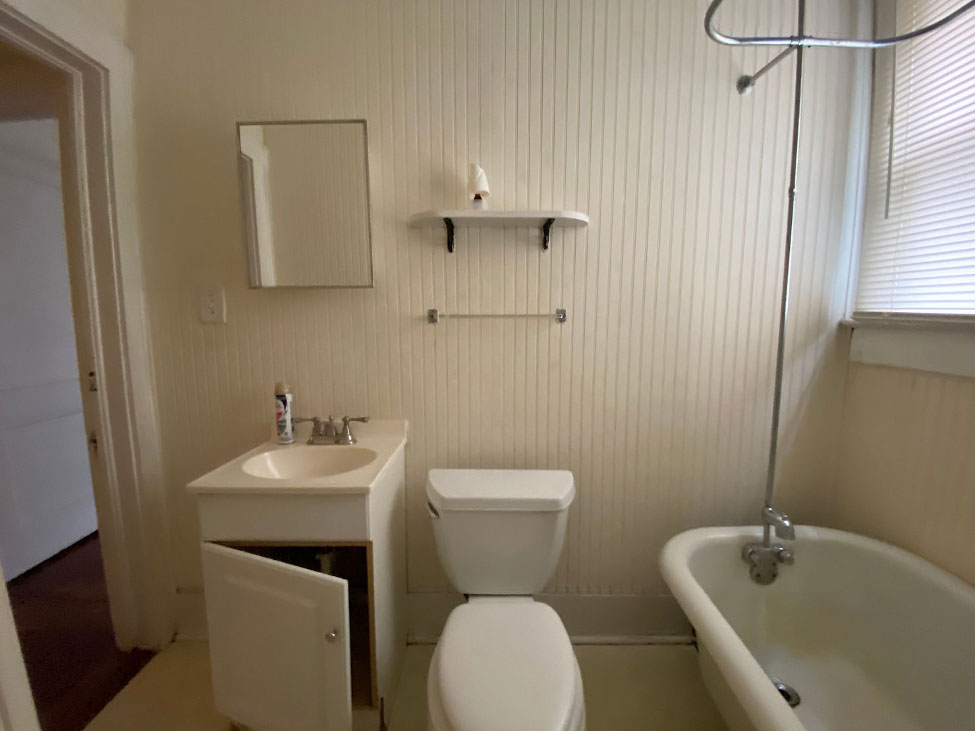
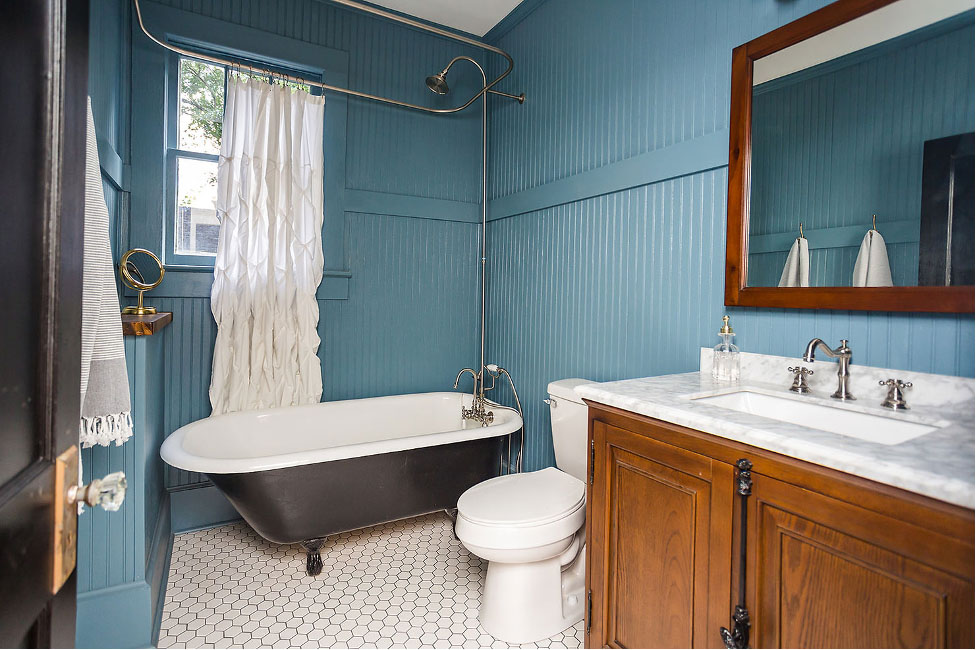
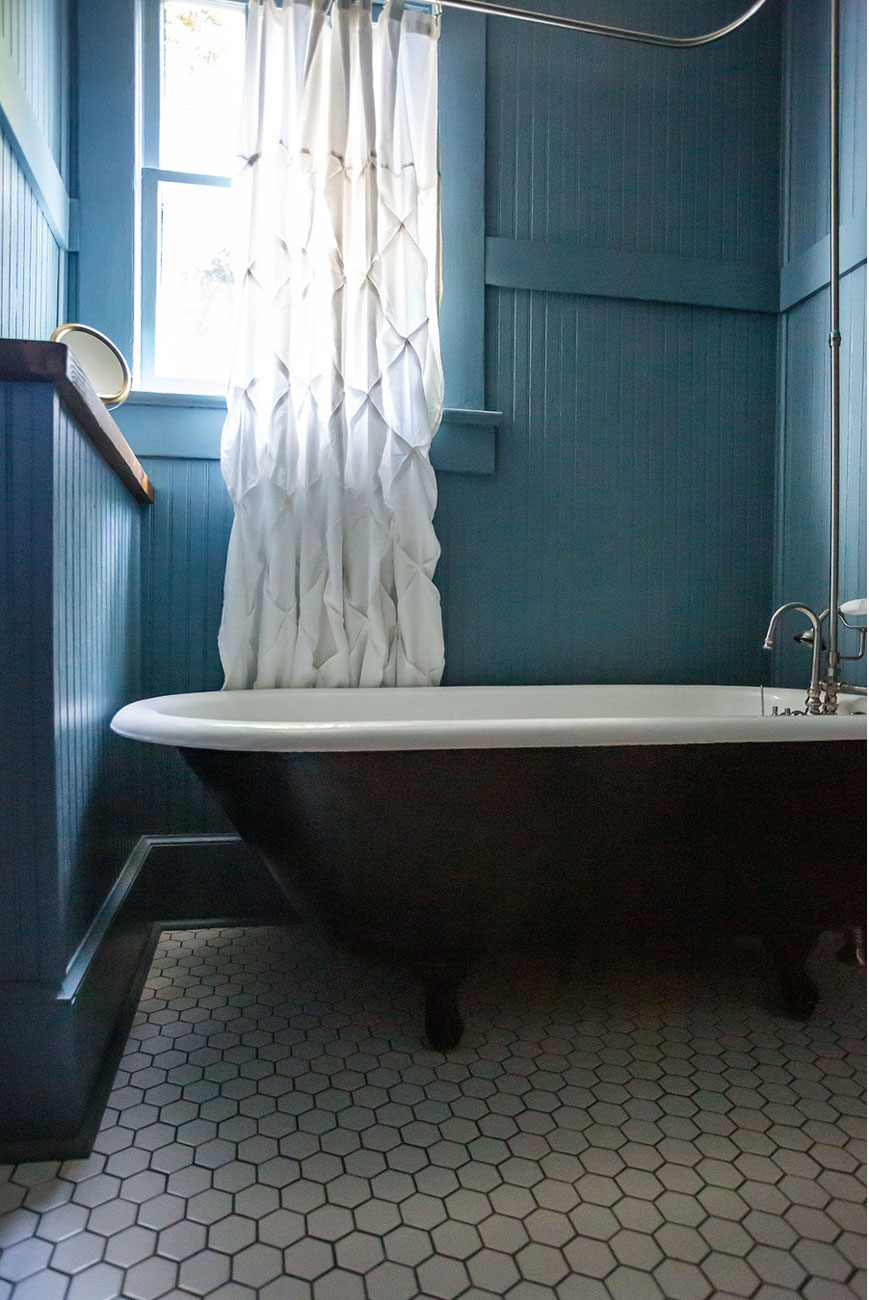
PERONNEAU PLACE
The old bathroom addition at Peronneau Place was in terrible shape. Due to the condition, it had to be torn down in order to build back a functional master bathroom. However, it had beadboard on both the walls and ceilings that I knew I wanted to save and reuse.

Luckily we reincorporated some of this material into the kitchen island and the custom hood. The best part is that I still have a lot of it in storage to use in future projects.
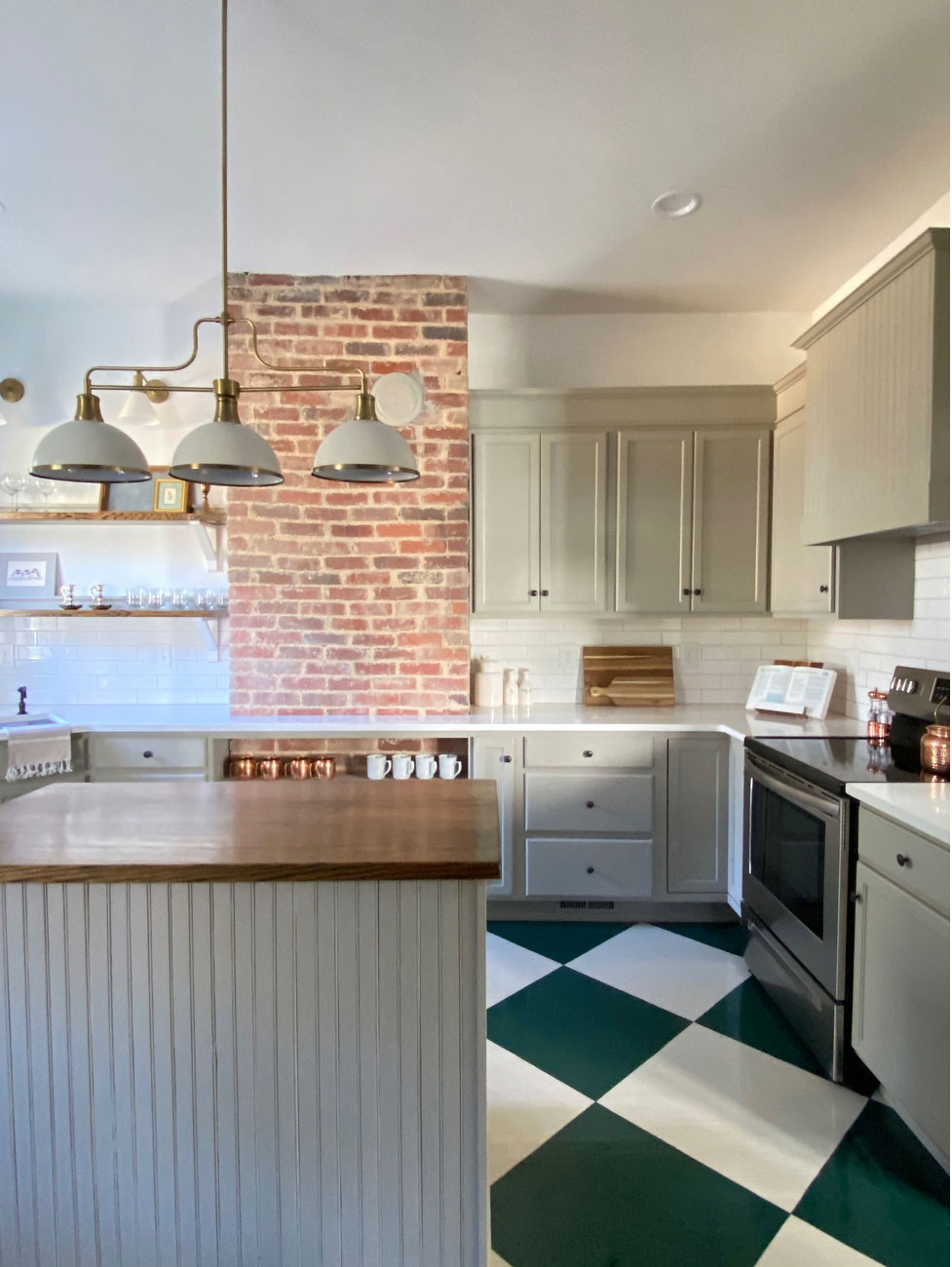
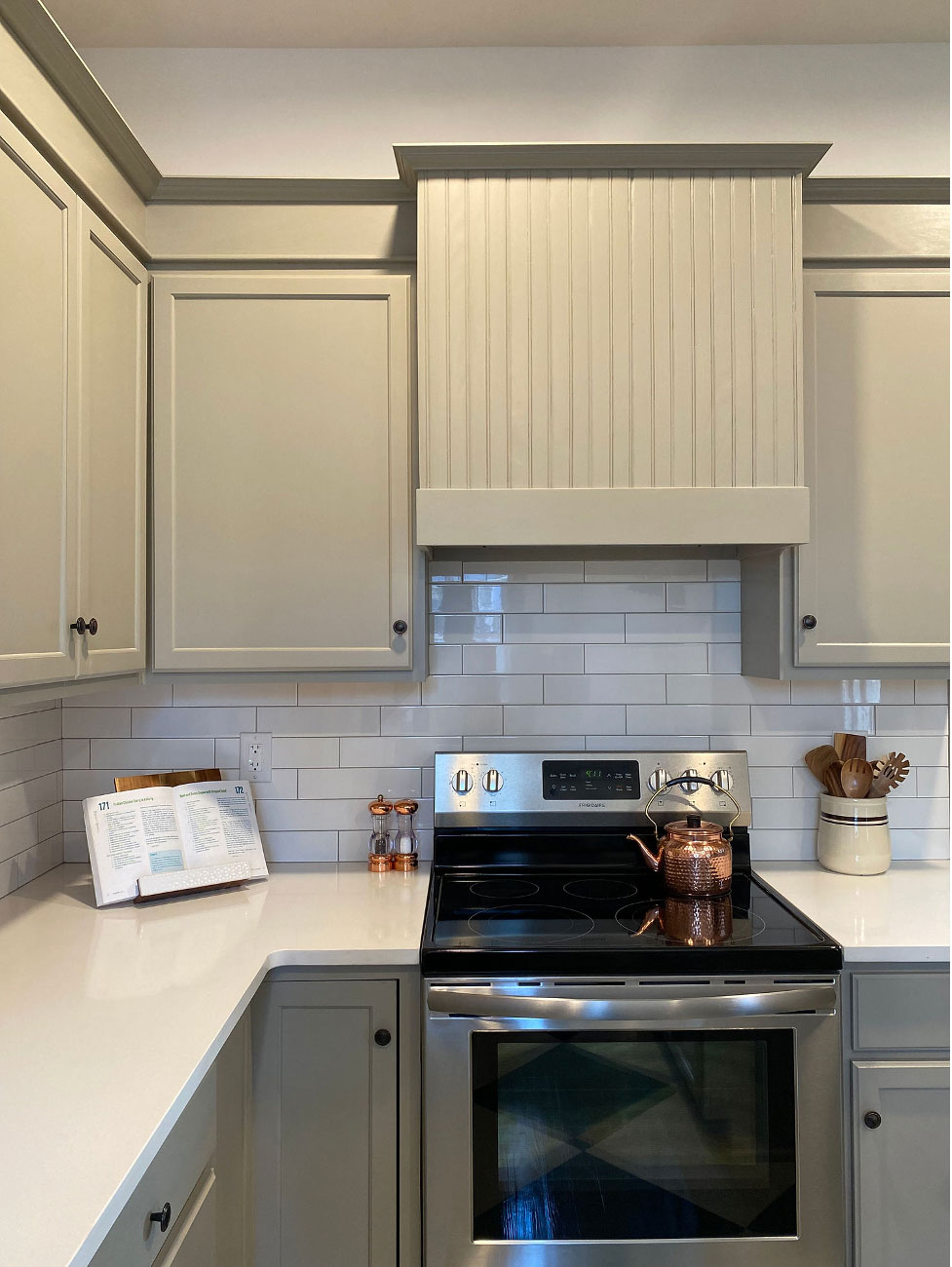
THE QUEEN ANNE
When I purchased the house, the previous owners had already torn out a couple of walls in the kitchen. They saved some of the original beadboard from the kitchen but there wasn’t enough to go around the entire room. Plus, the new kitchen cabinets would cover it. So, I took much of what was saved, sanded it down and then reinstalled as the new backsplash. It looks like it’s been there all along, and it was special to be able to reincorporate into the kitchen.
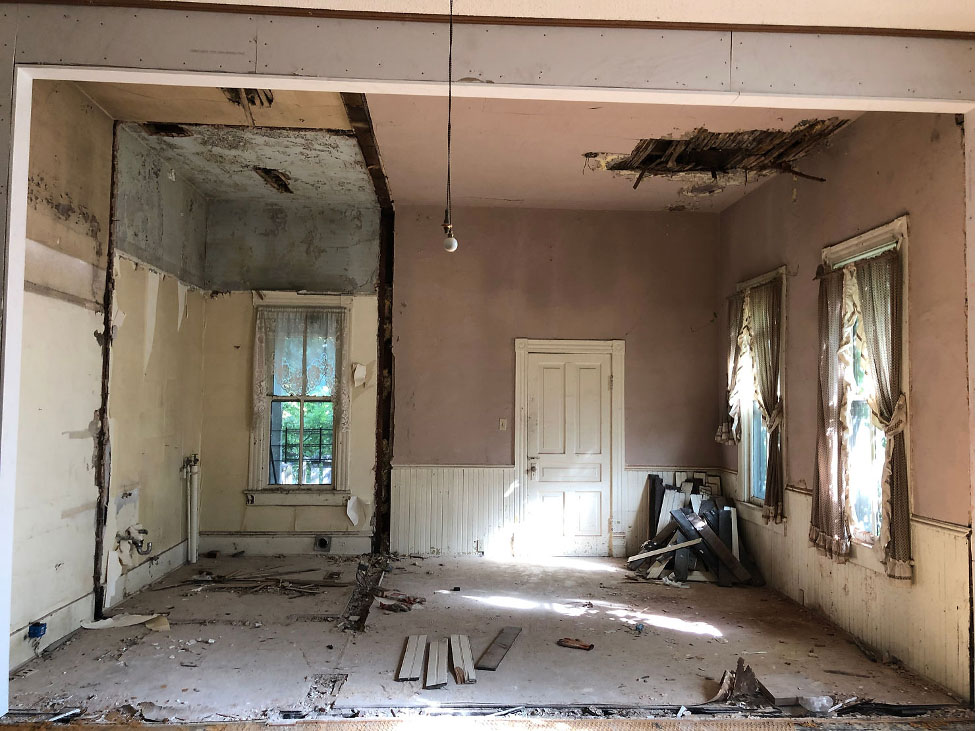
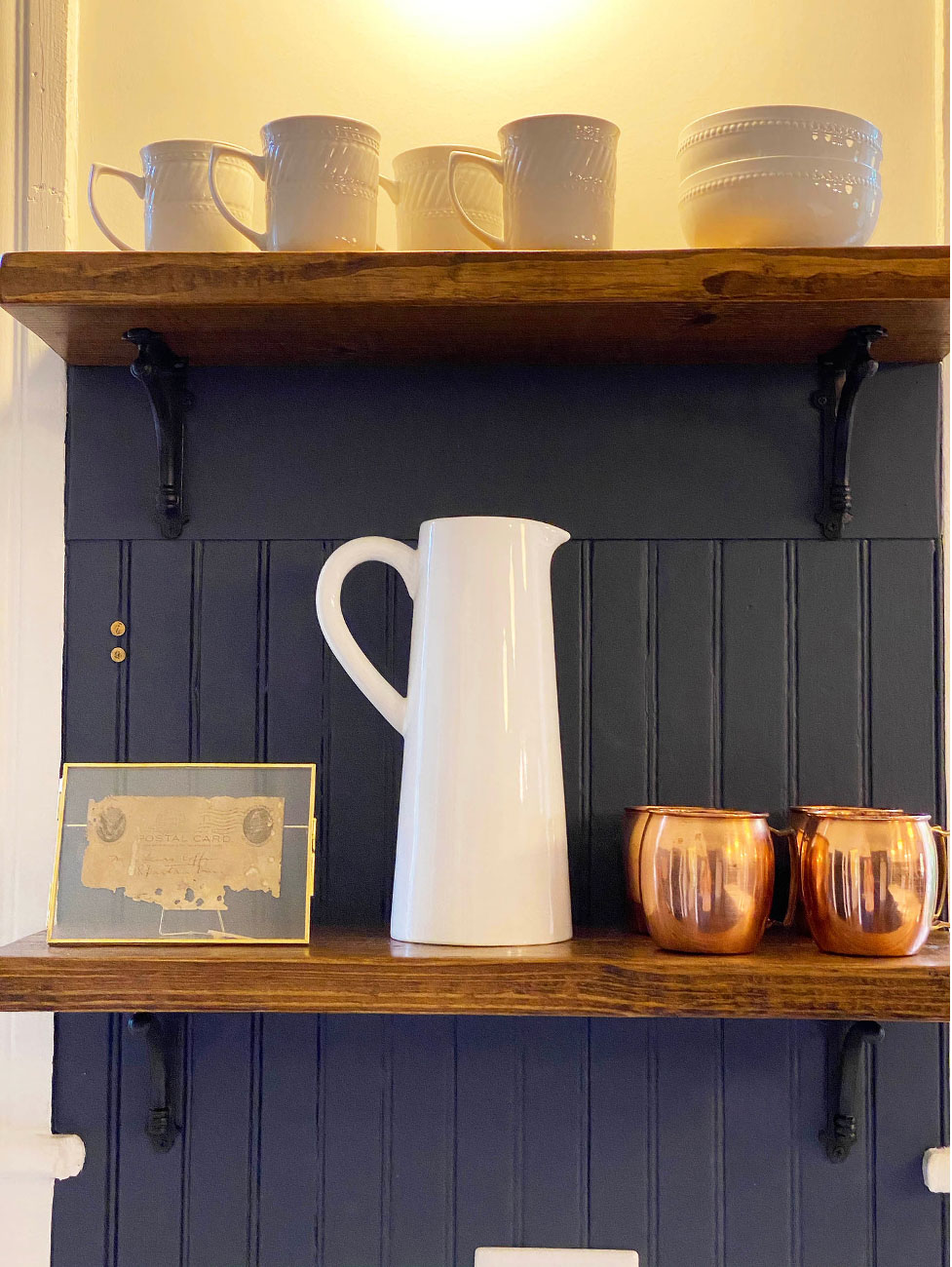


A FEW OTHER USES:
This former closet turned display cabinet has original beadboard behind the shelves. We then added salvage beadboard from the old kitchen behind the bench to finish off the space.

While the entryway of Peronneau Place doesn’t have old beadboard, we were still able to create a classic look in the entryway. We did this by using new sheets of beadboard you can easily find at any home supply store. I would advise using wood rather than the mdf sheets. The wood creates a more natural look and once painted and trimmed out, it looks great.

Hopefully this will inspire you to consider adding beadboard – old or new – to your home. And here’s a tip – check dumpsters in old neighborhoods. Many don’t appreciate the original material and have tossed it.

READ LATEST
the

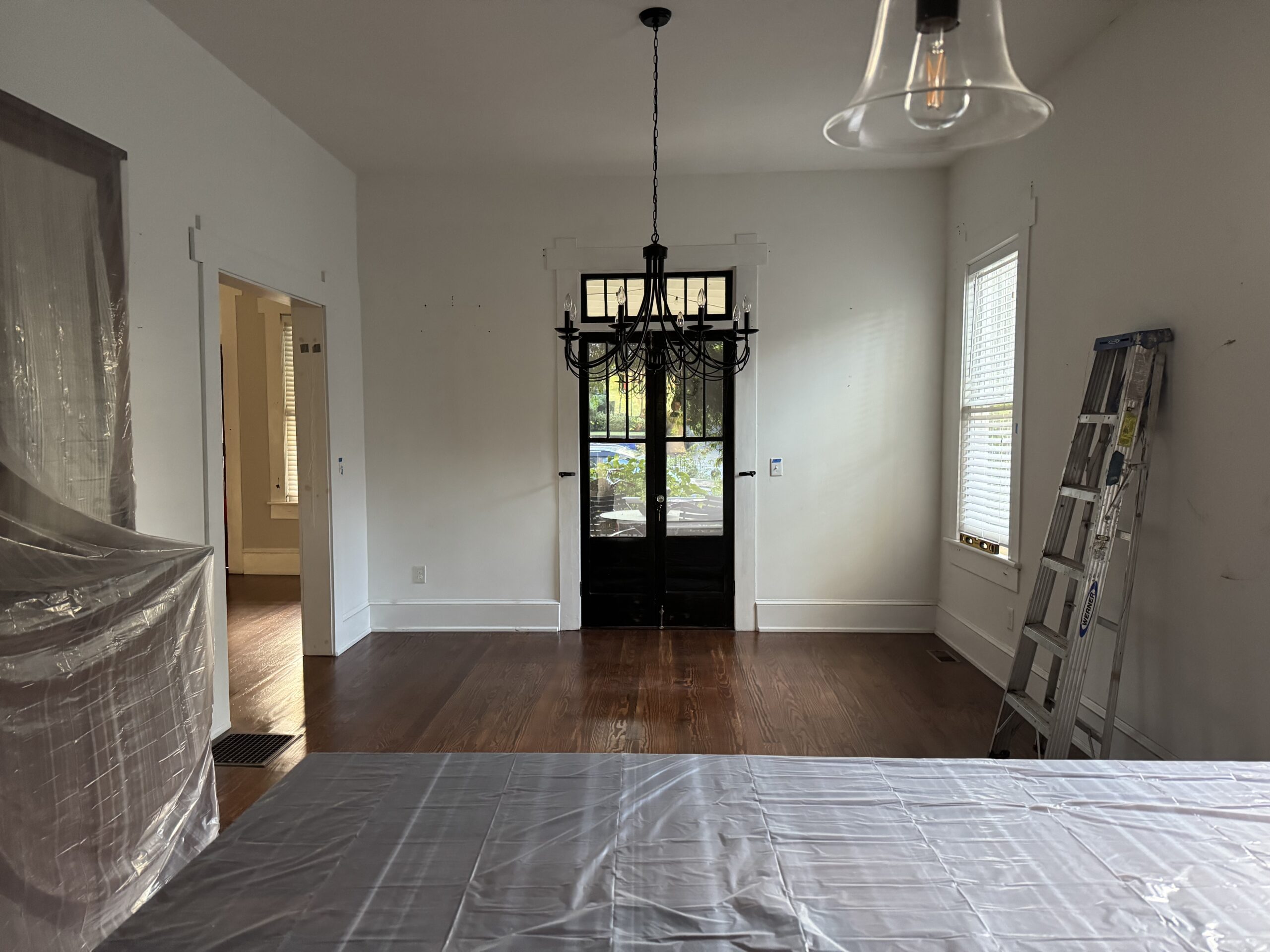
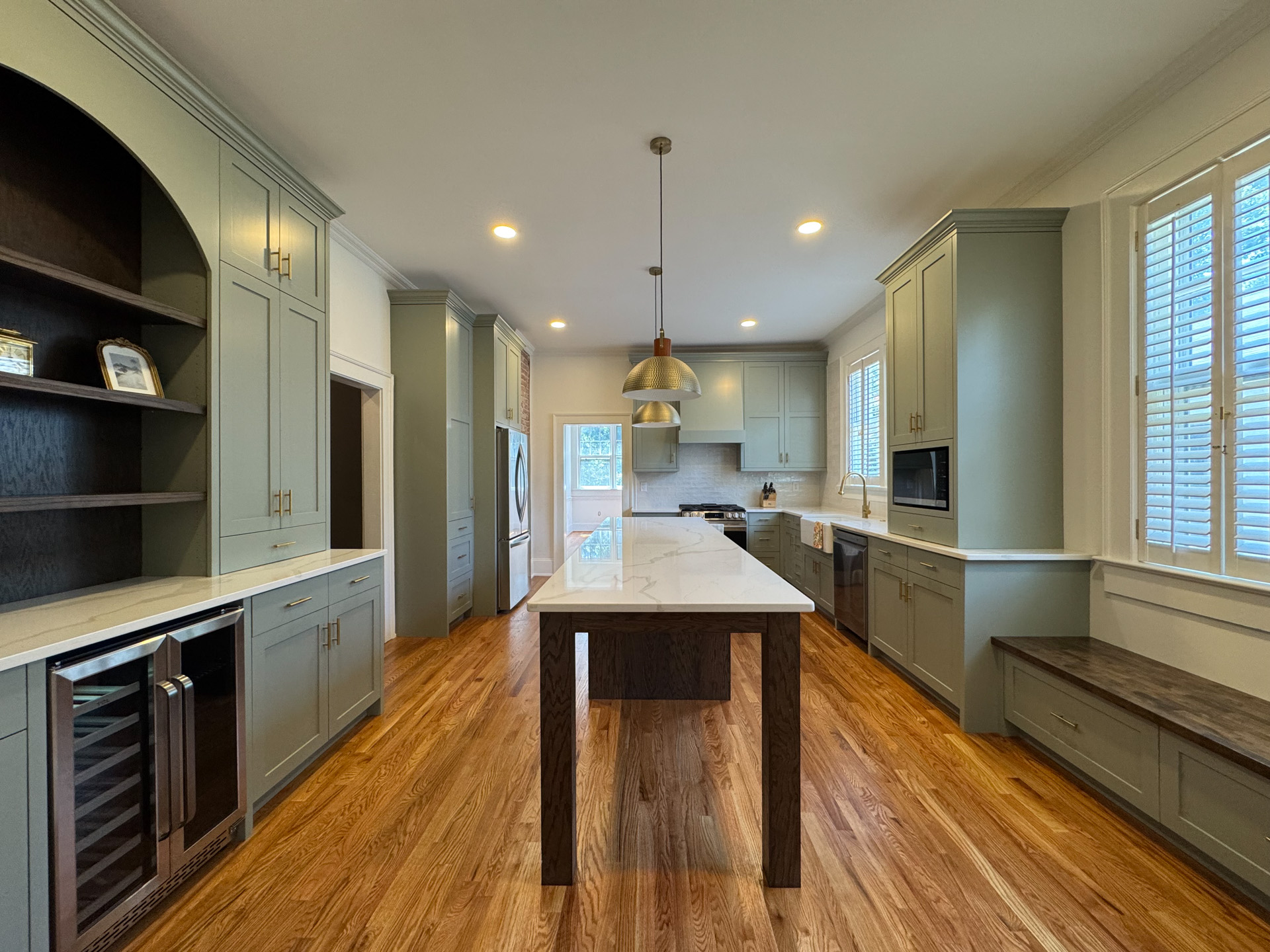



+ Show / Hide Comments
Share to: